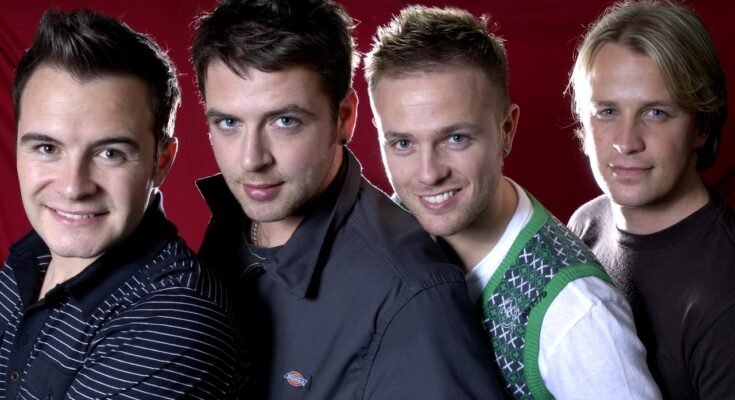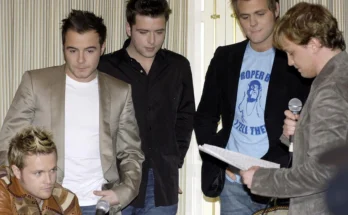After more than a decade of topping charts, selling out arenas, and creating timeless pop ballads, Westlife, one of the most successful boybands in the world, announced their split in 2011. For millions of fans across the globe, the news was devastating. But behind the dazzling lights, the awards, and the stadium anthems, the decision to part ways was born not out of personal conflict or dwindling popularity—but out of a shared realization: they had achieved everything they had ever dreamed of as a group. The relentless pace of the music industry had taken its toll, and each member longed for a break from the intense demands and pressures of life in the spotlight.
A Phenomenon That Redefined Pop
Formed in 1998 in Sligo and Dublin, Westlife became a global pop phenomenon in the early 2000s. Comprised of Shane Filan, Nicky Byrne, Kian Egan, Mark Feehily, and originally Brian McFadden, the group quickly rose to prominence under the mentorship of music mogul Simon Cowell and manager Louis Walsh. Westlife’s debut single, “Swear It Again,” hit number one in the UK charts, setting a precedent for what would become a string of 14 UK number-one singles, a feat only bested by Elvis Presley and The Beatles at the time.
From soaring love ballads like “Flying Without Wings” and “My Love” to powerful covers of classics such as “You Raise Me Up,” the band carved a unique identity in the pop landscape. Westlife was not just a boyband—they were a musical institution.
The Toll of Stardom
With fame came an intense, almost machine-like routine. Non-stop touring, relentless media attention, studio sessions, promotional appearances, and the pressure to constantly produce hits defined much of the members’ lives for over a decade. For a group that prided itself on maintaining harmony and professionalism, the unrelenting pace slowly began to wear down even the most dedicated members.
The split, as publicly announced in October 2011, was not shrouded in drama but rather painted with maturity and mutual respect. In an official statement, the band said:
“After 14 years, 26 top ten hits including 14 number one singles, 11 top five albums, seven of which hit the number one spot, and over 44 million records sold, we feel the time is right to take a well-earned break and look at new ventures.”
The message was clear: Westlife had reached the summit. Rather than risk burnout or creative stagnation, they chose to bow out gracefully, preserving the integrity of the group and the legacy they had built.
Personal Growth and New Beginnings
Each member viewed the split not as an end, but as a new beginning. For some, it was a chance to pursue solo careers—Shane Filan, for example, went on to release several solo albums and found success in his own right. For others, like Nicky Byrne and Kian Egan, it was an opportunity to explore television, radio, and other ventures. Mark Feehily delved into songwriting and solo performances, showcasing a more personal and artistic side of his musical identity.
But more than professional aspirations, the break provided something that fame had deprived them of: time. Time to spend with their families, time to reflect on their journey, and time to simply be themselves outside of the Westlife brand.
A Break, Not a Goodbye
While fans mourned the hiatus, there was always a sense that the story wasn’t over. Indeed, in 2018, after a seven-year hiatus, Westlife reunited—revitalized and reenergized. The comeback was met with widespread excitement, culminating in a successful tour and new music, including the chart-topping single “Hello My Love,” co-written by Ed Sheeran.
Their return was not a reversal of the reasons for their breakup, but a reaffirmation of their enduring bond. The time apart had given them space to grow, and in reuniting, they brought not only their classic charm but a more seasoned and balanced outlook.
Conclusion: A Story of Triumph and Humanity
Westlife’s breakup was not a tale of downfall or discord—it was a rare example of self-awareness and mutual respect in an industry often defined by drama. It was a decision driven by the understanding that success is not just measured in record sales and number-one hits, but also in the ability to recognize when it’s time to pause, to breathe, and to prioritize personal well-being.
Their story remains an inspiration—not just to fans, but to fellow artists navigating the highs and lows of global fame. Westlife’s journey shows that even at the peak of success, it’s okay to step back, reflect, and choose a different path—not as a sign of failure, but as an act of courage and growth.



